Review of GSM(UMTS)-handsets Sony Ericsson K790/K800 – Fifth Part, the conclusion
Interface and all standard functions
Official Photos>>>
Live Photos>>>
Review of GSM(UMTS)-handsets Sony Ericsson K790/K800 – Part One>>>
Review of GSM(UMTS)-handsets Sony Ericsson K790/K800 – Part two: design, display and technologies>>>
Review of GSM(UMTS) phones Sony Ericsson K790/K800 Part 3: Photographic>>>
Review
of GSM(UMTS) phones Sony Ericsson K790/K800 Part 4, or What’s new
in interface?>>>
Review of
GSM(UMTS)-handsets Sony Ericsson K790/K800 – Fifth Part, the conclusion
Interface and all standard functions>>>
Judging by the menu’s appearance and organization – this is typical latest generation model from Sony Ericsson, it has Activity Menu implemented. Shortcuts to joystick’s declinations can be assigned, this will allow quick access to one or another function. Main menu is presented in four lines with 3 icons in each. The user can navigate through the menus with fast key sequence, after some time it will allow saving a lot of time on browsing.

The navigation speed comparing to Sony Ericsson K750i has been increased, but it did not become momentary, which would not do any good in most cases. Speaking about interface on the whole, I shall say that there are no serious freeze-ups or problems, everything is smooth. One thing should be noted though, it takes some time for the phone to render thumbnails for high-res photos in the Gallery.
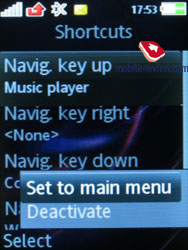
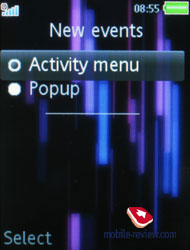
Input convenience remains at the same level. By pressing the “#” list with available languages will appear, you can easily switch between them while typing.
Besides traditional vertical lists in menus, manufacturer provided horizontal subject tabs. For example in the call list which can be accessed by pressing the Call key, you can see not only last dialed numbers, but use the tabs (horizontal joystick declinations) for switching between missed, received calls. Such navigation is used all around the menus, and it really makes usage more comfortable, easier. Horizontal navigation is present in Phonebook, Settings menu and several others.
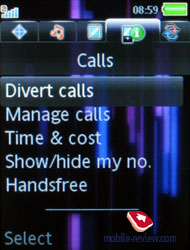
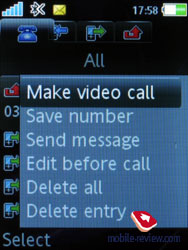
Phonebook. Up to 1000 contacts with fully filled in fields can be stored in the phonebook, but number of phone numbers is limited to 2500. This means that despite ability to assign up to 5 phone numbers to one contact, you cannot go over 2500 entries. This is enough even for most active users, only few have more than 500 entries in their phonebooks.
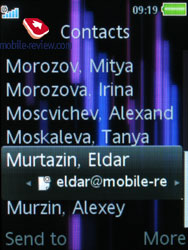
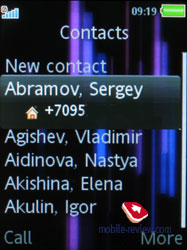
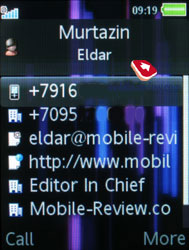
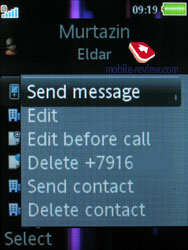
Like I mentioned above, several phone numbers can be stored for one contact, as well as address, email, IM number, other contact information. In settings you can select the required fields, they will be available, meanwhile the useless ones will not be present. Contacts can be sorted by fields, including name and surname, but only one input field. Unlike previous models, this time we have dynamic, handset automatically sorts the list after changes.
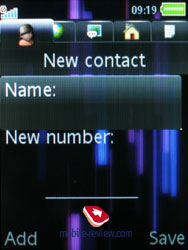
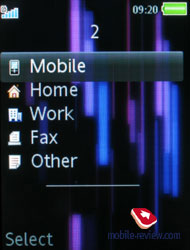
It is possible to assign custom ringtone and photo for each contact. During incoming call the image and ringtone will be used. Date of birth field can be synchronized with Organizer.
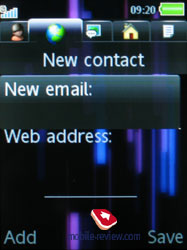
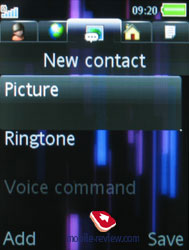
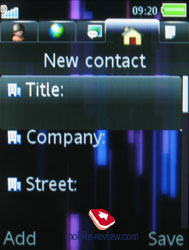
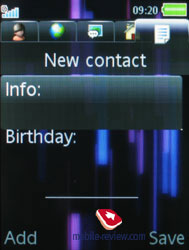


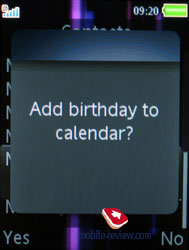
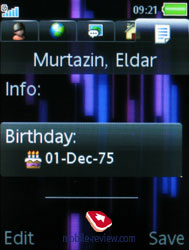
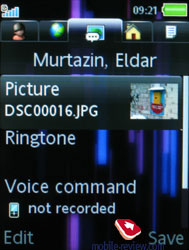
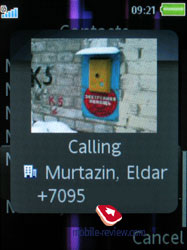
When you are inserting information, you can scroll between tabs, in the first one you enter phone numbers, their sorting by types. On the whole the organization of this process reminds of Outlook, and it means comfort in the first place. Voice tags can be added for required phone numbers, names, there can be up to 40 of them. Voice dialing remained the same, it starts looking archaic with all these voice independent recognition software being implemented by competitors.
When you are scrolling the contacts, you can try pressing the joystick to the left or right side to see more information about desired contact. It’s natural to bind phone number that will be used by default. From now on Open Contact option is present in the context menu, it allows viewing the whole contact without going into editing mode, as it was before.
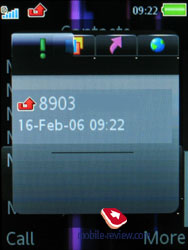
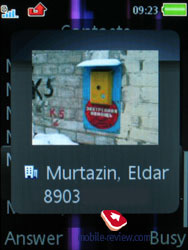
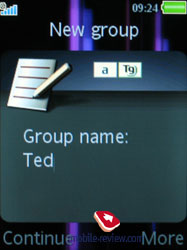
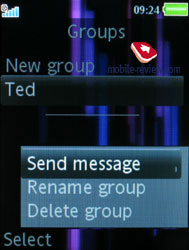
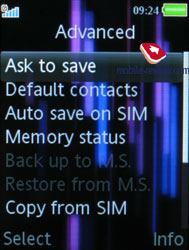
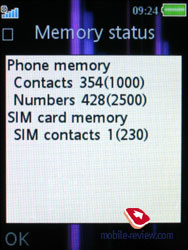
The company still follows its traditional beliefs that SIM-card is used in case of emergency, that’s why the only way to see its contents is to go to special option in the menu. SIM contacts are not displayed in phonebook.
You can create back-up copy of all entries from phonebook, it will be stored on the memory card, so you will have the ability to restore them afterwards.
Contact Groups are required only for mass SMS sending, since it is impossible to bind custom ringtone or photo for Group.
Messages. All possibilities for operations with messages are standard, there are templates and possibilities to create your own. Phone’s memory together with SIM-card is used for storing messages. Chat function is supported. On the whole everything is just like in any other phone from this company. Only emoticons icons were changed, they became more interesting.
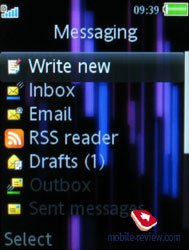
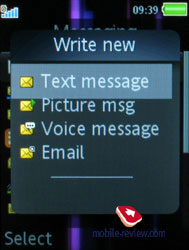
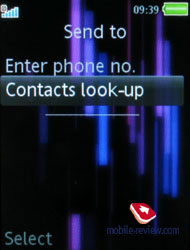
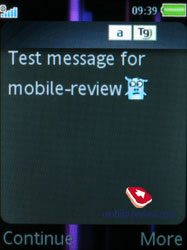
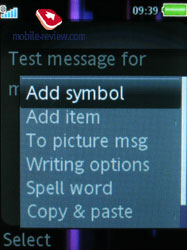
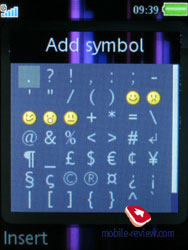
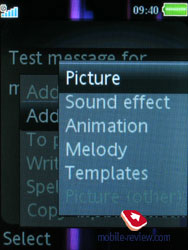
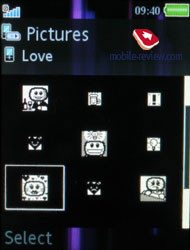
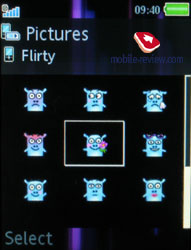
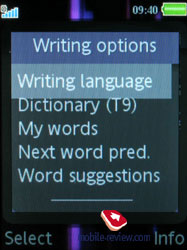
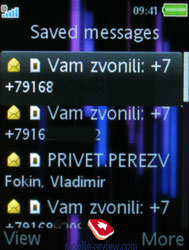
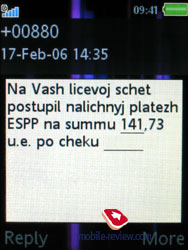
The MMS realization is great as always, you can literally create video clips, there are lots of settings and this is one of those things that gives SE’s product parity over competitors.
E-Mail client can send and receive emails, all sort of encodings are supported. The emails can be stored to memory card.
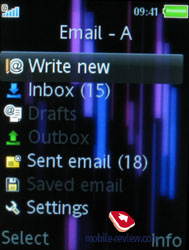

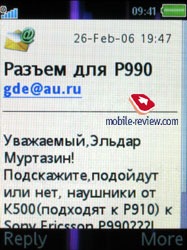
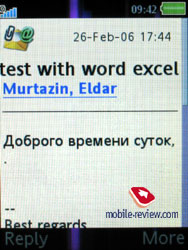
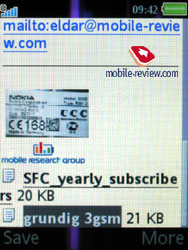
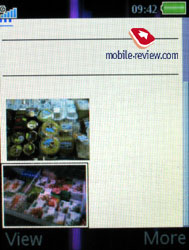
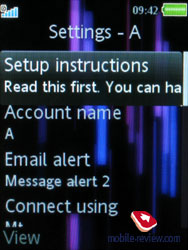
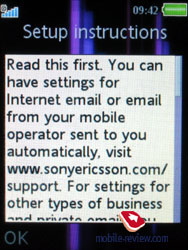
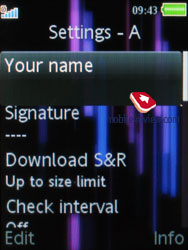
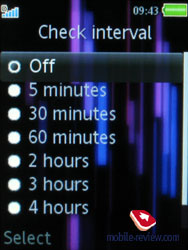
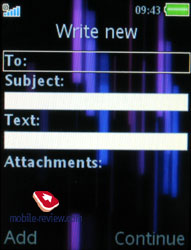
In email settings you can setup separate password for SMTP-accounts, this is very convenient. Settings are flexible, support of almost all encodings, and not only Unicode was added. Attachments that are supported by the phone are presented as icons in email body. The phone is not working with office files or PDF, but they can be stored in any directory. The limit for outgoing/incoming email size is set by operator. Emails with 6-7mb attachments can be sent without any problems. The phone supports Push Mail standard. Naturally send & receive process are done in background mode.
RSS Feed. The settings are extremely simple, you jus specify the title for feed and its address. The phone will connect and download it. You can update only one item, or the whole feed at once. Possibilities of built-in browser are used for displaying the feeds.
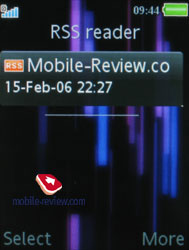
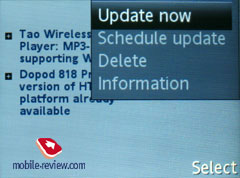
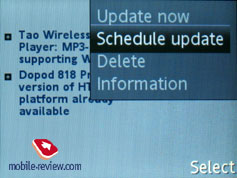
Call list. Up to 30 records can be stored in common list, all with date and time. Icon that stands for call type (missed/received/dialed) is shown next to every entry. Besides this additional icon identifies if this phone number is present in the phone book or SIM-card. The list of missed calls can be seen separately, it stores up to 10 entries. In this menu you can also see the cost calls, length of all cals, outgoing calls and last call. Tabs are present, this saves some time.
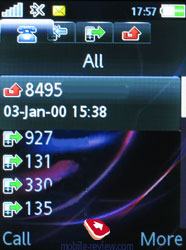
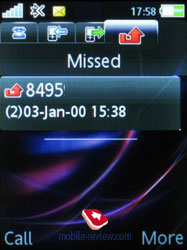
Entertainment. Photos, music files can be accessed from this menu. MusicDJ function is rather interesting, even though it is a niche product and there is not much of a chance that this feature will be in high demand by users. In the editor you can create and edit ring tones, up to four tracks.

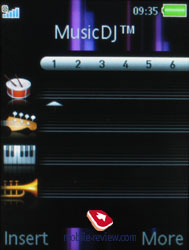
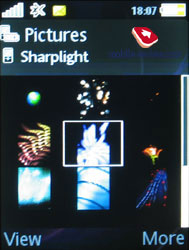
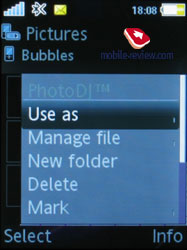
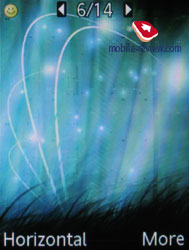
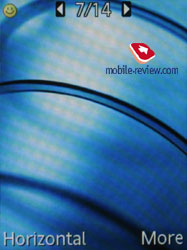
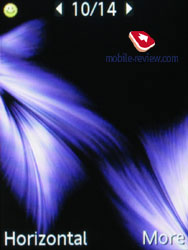


Advanced version of MusicDJ is called VideoDJ, it allows editing not only music files, but also adding images and signs. The final result is presented in 3GP file which can be sent by MMS or Email, or just transferred to another phone.
The creative ones can use graphical editor PhotoDJ, you can draw simple images. Sometimes time flies when you’re having fun with PhotoDJ, but most of the time this feature is just useless.
Remote control – ability to control other devices via Bluetooth connection. It is standard for all phones by SE
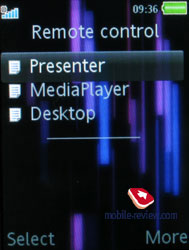
The sound can be recorded by Dictaphone, it allows making voice tags that can be later used as ring tones. Phone calls can be recorded too, this is done from context menu there is no time limit.
Games – the phone has three games: Extreme Air Snowboard (winter sports, snowboarding to be precise), Gauntlet Multiply (logical game), WormsForts3D (legendary game that is loved by majority, even though it is not yet adapted for high resolution).
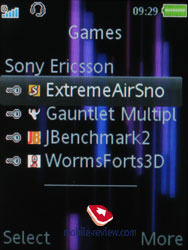
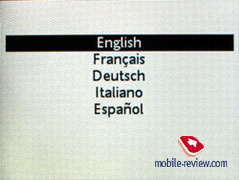

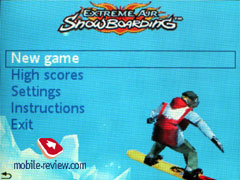
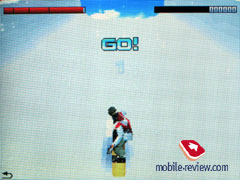

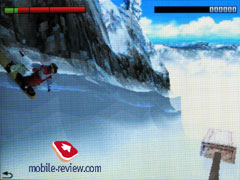
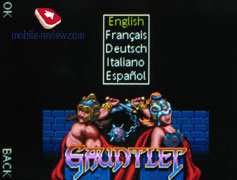
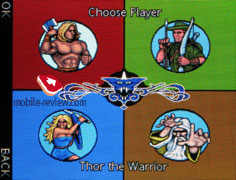
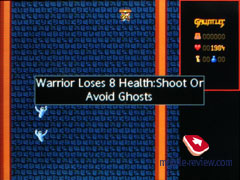
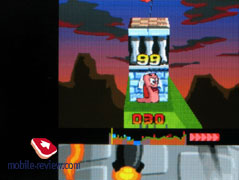
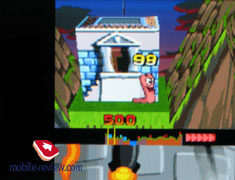
Organizer. Organizer keeps a lot of function underneath. Let’s review Calendar in the first place. There are three types for viewing the events: weekly, monthly or today. In last option you will see list of all events and memos, in two others you will see highlighted time or day. You can switch to required day and year, or month. Everything is pretty standard, as well as schedule input. You get the chance to name the event, define the place where it will be held, length and setup the reminder (beforetime or right at the start of the event). For the first time events can be reoccurred. Types of reoccurrence: daily, monthly. Reminders work even if the phone is turned off, unless you disable this function.
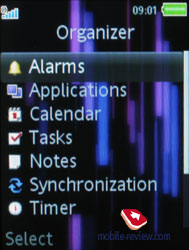
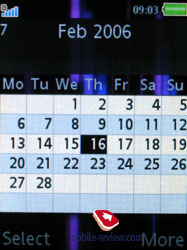
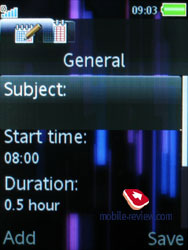
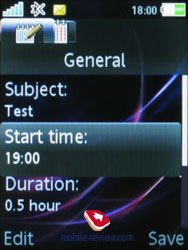
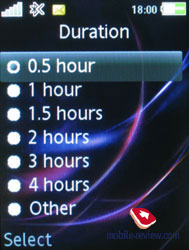
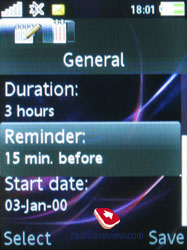
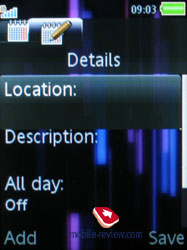
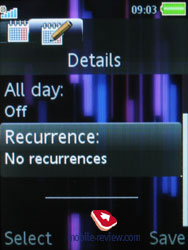
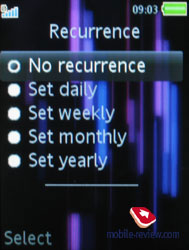
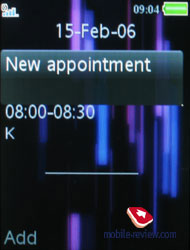
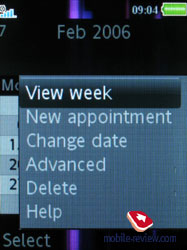
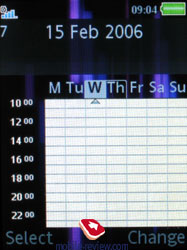
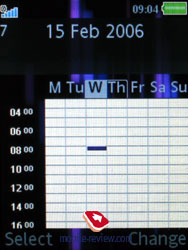
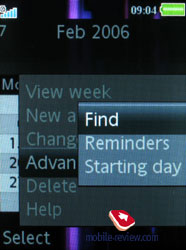
To do list in this phone is quite ascetic. There are only two types of events: phone call or reminder. On the other hand, this is really enough, simplicity has its advantages.
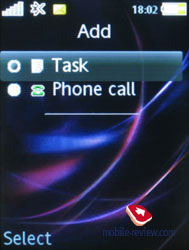
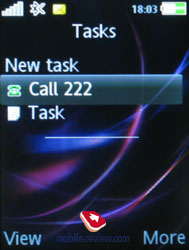
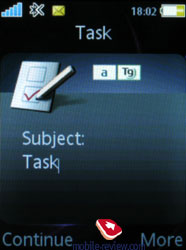
The phone has full-fledged search, organized for calendar: you specify the search line (word or part of it) and after a while you will see all events that would match this criteria. The function works rather fast even if the organizer has more than 100 entries, fast switch to the event from the search window is supported.
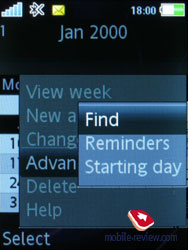
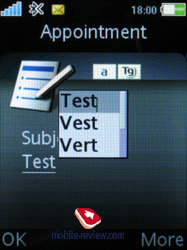
The phone features normal transfer of schedule to various devices (traditionally via IrDA and Bluetooth). Choose the required interval (day, week or month) and send all entries. I’d like to point out that the device should support PIM function in order to open and display this data properly. It is possible to send the schedule to TV-set through IrDA connection, the TV-set accepts it but is unable to display the received goods. Data can be received the same way, with the help of desktop or office PC without any additional software.
Notes. The phone supports notes entry, though they are limited by length. The name of the note will be first word entered. This is not always convenient since you will have to use first word that would automatically tell you what the note is all about.
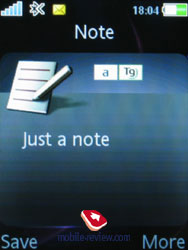
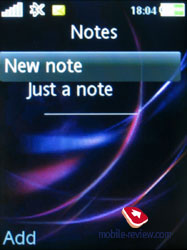
Alarm Clock. We’ve got changes in this one, now you have five alarm clocks, and each of them can be set up. They can work in definite week days. Besides the ringtone for alarm clock you can selet small note and picture, they will be displayed when alarm clock goes on. Any music file or radio can be seleted as the alarm itself.
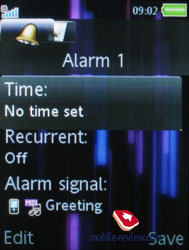
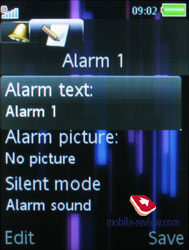
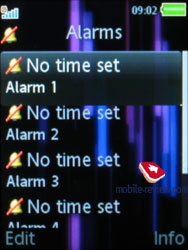
Stopwatch/Countdown. Here everything is quite standard, although the same can be said about the stopwatch, that has temporary value function. The phone has special application for storing secret codes, which was a great hit in previous models, well, standard calculator is present too.
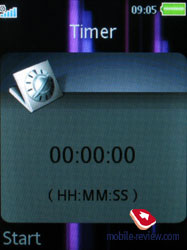
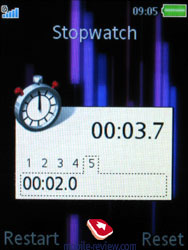
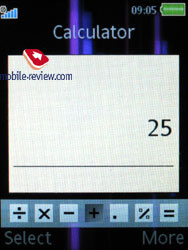
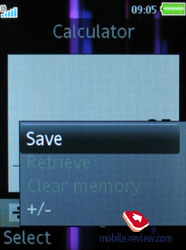
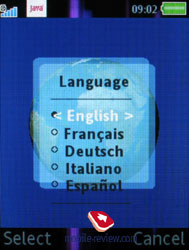
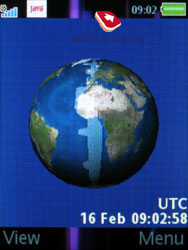
World Time function is inside.
Connectivity. All communicative settings for the phone can be setup from here, starting from WAP and GPRS (the EDGE settings are same) and ending up with Bluetooth and Synchronization. I will not describe the standard options, they are standard in the first place, everything works fine. I’d like to highlight stable Bluetooth work, no problems were encountered, synchronization with other devices runs smoothly, all profiles (including A2DP, which is stereo sound via Bluetooth) are supported. Bluetooth version is 2.0 with EDR support.
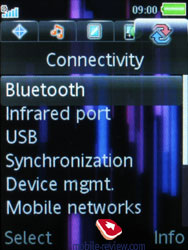
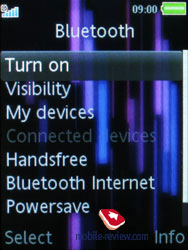
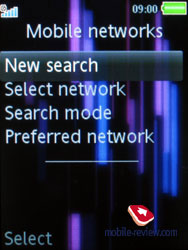
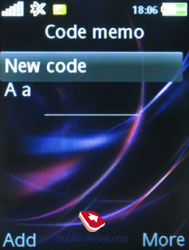
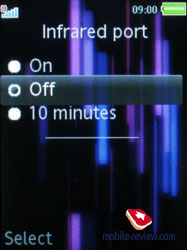
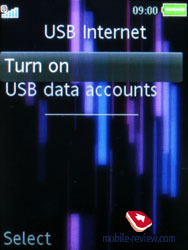
Local and Remote synchronization can be setup from the same menu. The phone supports HID profile which allows using it as Remote control for PC and other devices.
The following Bluetooth profiles are supported:
- Dial-up networking profile
- Generic Access profile
- Generic Object Exchange Profile
- Object Push Profile
- Serial Port Profile
- Handsfree Profile
- Synchronization Profile
- Basic Imaging Profile
- File Transfer Profile
- HID Profile
- SyncML OBEX binding
- JSR-82 Java API
- A2DP
WAP. The browser owns separate menu item, the version is 2.0, it supports secured connections which is quite important in case you are using electronic transactions. New wallpapers, themes and ring tones can be downloaded right away, it’s all available at the original web-site.
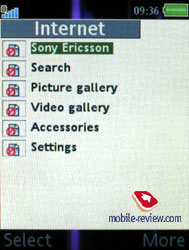
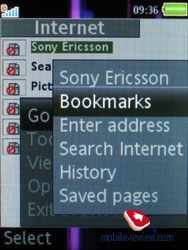
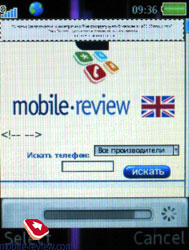
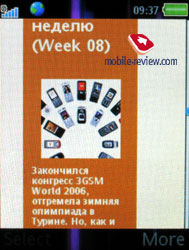
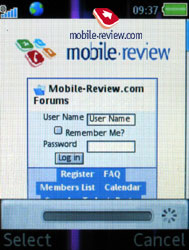
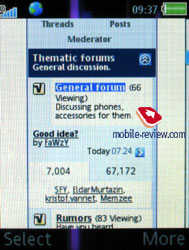
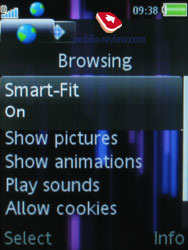
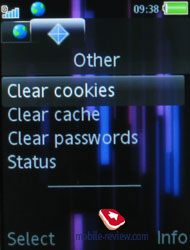
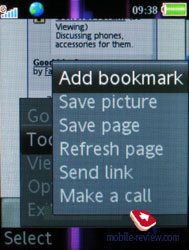
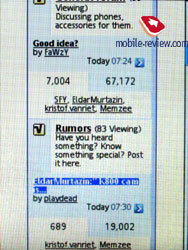
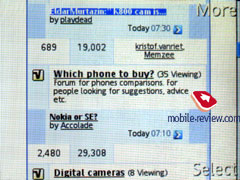
Standard browser for Sony Ericsson phones is NetFront, it supports one-line web-page display and HTML. One of the convenient parts is ability to create folders with files, bookmarks. The browser is considered as one of the best on the market, but limited phone resources does not make its usage into one easy process. On the whole those who are using Internet constantly should consider buying PDA or laptop, since full Internet access is not in such high demand for this device class. At the same time RSS Feeds support is great, it allows using the phone for reading news, announcements and materials.
HTML pages that content advanced formatting or overcome 500kb in their size will not be displayed. On the whole standard browser is optimal, but usage of Opera Mini is preferable, it has more opportunities.
Settings. This menu stores all settings related to phone’s work and partly with its outlook. The display’s settings are: ability to choose to either display or no the clock in the stand by mode, at some moment I got excited by this possibility because of energy saving opportunities. Before it was impossible to do so. In the stand by mode clock can be displayed in the bottom (yes or no), you an also choose the font size, in case you select big letters it will be easy to see what time it is, but the font itself becomes transparent. There isn’t anything to add, all the rest is standard.
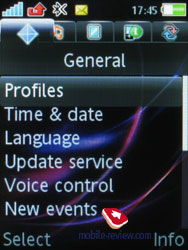
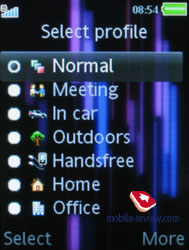

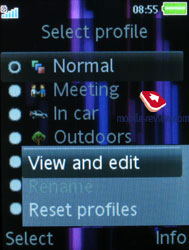
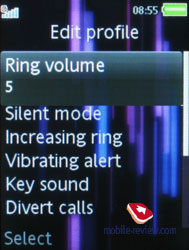
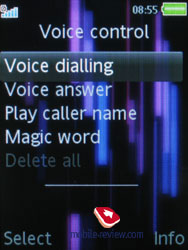
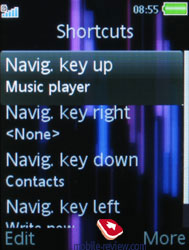
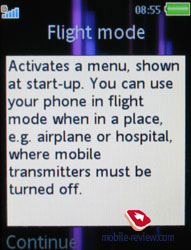
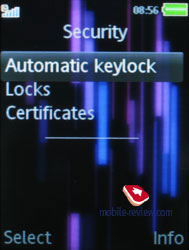
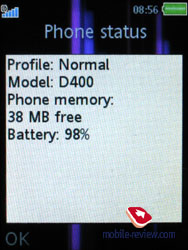
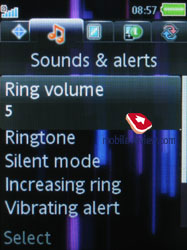
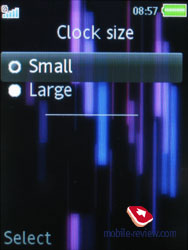
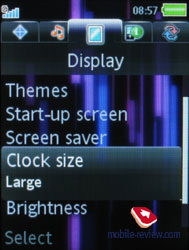
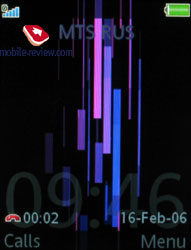


File manager, memory size. The user has 71mb of available memory add empty M2 memory card to that too. Here all data (photos, videos, applications) can be stored. The remaining memory is occupied by preinstalled applications, you cannot delete them. Part of memory is dedicated to phonebook, call lists, etc.
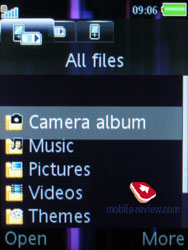
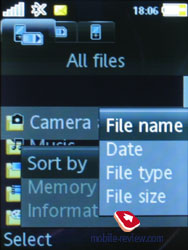
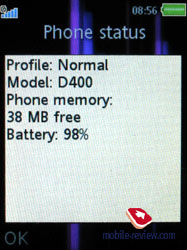
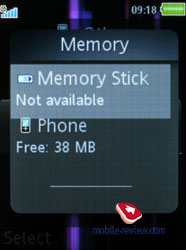
The phone has simplest file manager, with its help files can be sorted by various folders, custom directories can be created in phone’s memory, files can be moved there as well. With or without cable the phone can become a perfect storage, there are no problems with recording your own files, even if they cannot be opened by the phone.
Traditional file sorting includes the following options: date, type and size. The Image Gallery has new setting called Timeline, after you activate it you will see a bar on which months will be shown. And in lists you will see photos that were made during this or that month. You can make the list more detailed by pressing the same key twice, in that case you will see days instead of months, meaning that photos will be sorted in the following structure: list of images made on October 3rd, for example. This is a good way to wander around tons of images.
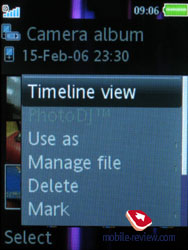
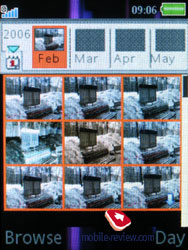
Player. The phone has built-in mp3, 3GP and mpeg4 player. It is a good way to listen to mp3 files. Besides settings you can setup equalizer (there are predefined settings: Bass, Voice, Tremble, etc), as well as the ability to create your custom ones. The sound changes according to the settings, this is noticeable.
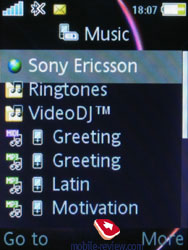
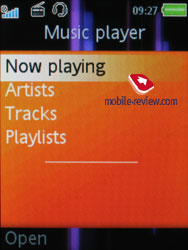
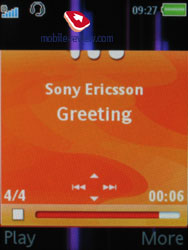
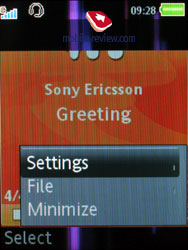
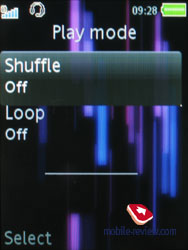
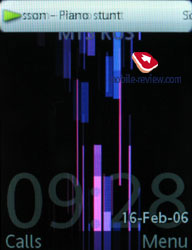
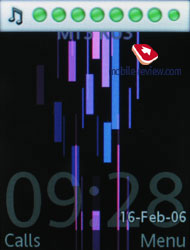
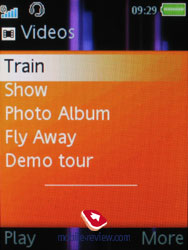
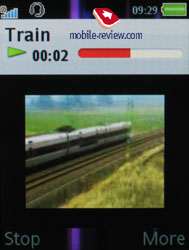
The player is similar to the one Sony Ericsson W800i, it replicates it maximally. It is possible to minimize the player, the phone supports multi-function at full scale. There are no concerns at all, even though it’s weaker than the one used in Sony Ericsson W950i.
Radio. Memory for 20 radio stations, automatic search and RDS function are implemented. The radio quality and presentation is the same as in case with K750i, it is okay. FM-radio would seem like an ordinary application, if only it did not have Identify Music option in the menu. While you are listening to any radiostation and a thought “I want to know the title of this song” pops up in your head, you can find the answer with the help of this feature. After activation it will store about 3-4 seconds of the song and connect to special server that will analyze the song. The result will be presented as tag scrolled in the upper part of the screen (horizontal and vertical orientations supported). At first this service will be free for SE users, it will be launched ~ this summer.
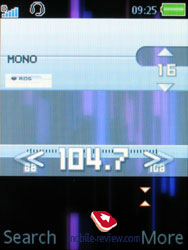
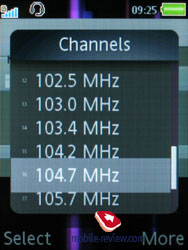
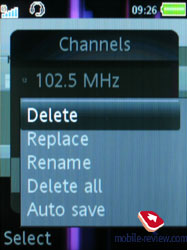
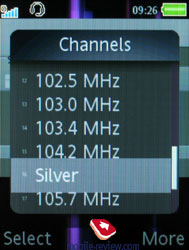
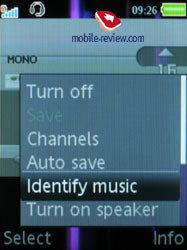
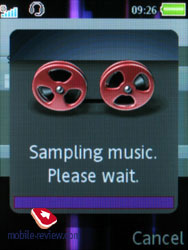
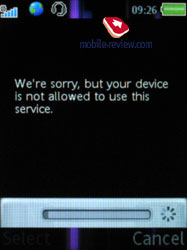
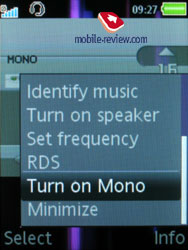
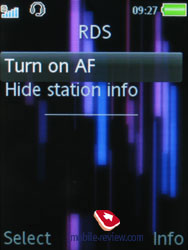
Performance. In SPMarkJava06 results shown by Sony Ericsson K790/K800 are not fully correct, some tests were not passed and the final score is incorrect. At the same time we can see that Java was significantly reworked, some parameters got major optimization. Some results show that the new platform has a good margin of safety, and will be used in future. The new virtual machine is very powerful and shows great results for 3D applications (look at 3D test, but in case you forgot I will remind you that there is no 3d hardware accelerator inside).
Impressions
The phone has 72-tone polyphony, but there is no difference when mp3 playback is compared to k750i. The volume is average, sound has bass dominance, the sound is saturated. However it is possible to miss a call when you are outdoors (everything matches K750). Vibrating alert power is average or slightly above average, but it is not felt all the time. Network reception quality is good, everything is typical for this manufacturer.
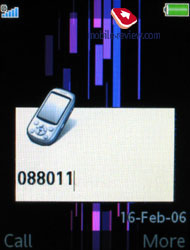
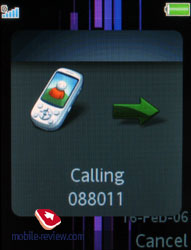
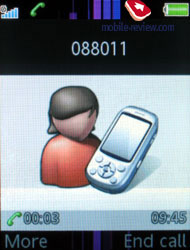
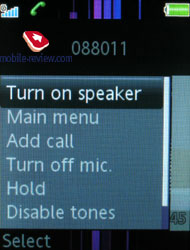
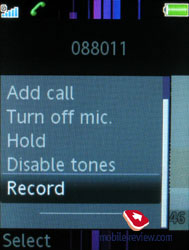
Presentation of this model caused hot debates, that astonished me. Such active polemics will result in one certain thing: this model will be popular, it will become a hit. At the moment there are no analogues of this phone, not in terms of size, nor the amount of functions included. I will not tell you about all unique specifications and features, this would force me to tell you the review right from the start again. Instead I will just describe my impressions from K750i user’s point of view.
The screen was improved significantly, I had a feeling that I switched from old lamp TV-set to latest Plasma model, this is a great advantage. Form-factor is acceptable, it does not raise any concerns, I connected Bluetooth stereo headphones right from the start, and most of the time the phone stayed in the holster. Built-in web-browser is really great, and sometimes it can replace Opera Mini without any disadvantages. Overall functionality is set at rate of year 2006-2007, which makes the models highly interesting. There are no significant negative consequences while using this handset, for an average K750i user interface seems simple and logical.
The sales of K800 will start in June, meanwhile K790 should go for sale in the beginning of July. The price will be around 350-400 euros depending on the country. The model will become a mass product, and it is already manufactured, so there will be no deficit when the sales will start. The price/quality ratio will remain dominant among competitors in 2006. Once again Sony Ericsson managed to create a bestseller.
Eldar Murtazin (eldar@mobile-review.com)
Translated by Alexander "Lexx" Zavoloka (alexander.zavoloka@mobile-review.com)
Published — 02 March 2006
Have something to add?! Write us... eldar@mobile-review.com
|



































































































































































